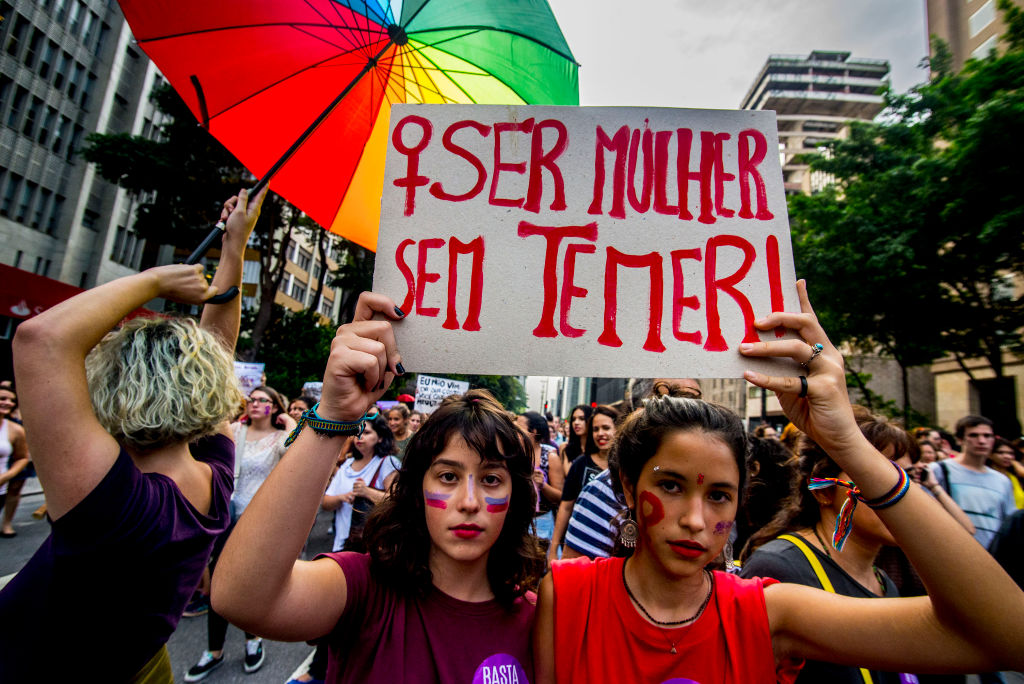Summary: Americas Quarterly Issue Launch—Latin America’s Real Middle Class
Summary: Americas Quarterly Issue Launch—Latin America’s Real Middle Class
Panelists analyzed why Latin America’s middle class is unique and still vulnerable to poverty.
Speakers:
- María-Eugenia Boza, Consultant, Regional Bureau for Latin America and the Caribbean, United Nations Development Programme
- Cecilia López Montaño, President of the International Center of Social and Economic Thought in Colombia
- Jamele Rigolini, Senior Economist, Office of the Chief Economist for Latin America and the Caribbean, The World Bank
- Matthew Singer, Associate Professor of Comparative Politics, University of Connecticut
- Christopher Sabatini, Editor-in-Chief, Americas Quarterly; Senior Director of Policy, Americas Society and Council of the Americas (moderator)
Summary
As Latin American economies have expanded over the last decade, so has the region’s middle class. At the Americas Quarterly Latin American middle class issue launch in Washington, AQ convened a panel of experts to analyze the growth of this burgeoning group. Panelists discussed catalysts for middle-class growth, identified reasons for middle-class vulnerability, and predicted the impact of new middle class on Latin America’s political, social, and economic future.
[[nid:49335]]
Latin America’s Middle Class Defined
As Latin American economies have grown, the region’s rising middle class has challenged previous assumptions about this critical segment of the population. Although a growing number of Latin Americans enjoy greater economic security than they once did, the majority continue to confront challenges that hinder upward mobility and make them vulnerable to poverty. Although demographic changes in Latin America reduced the percentage of people that now live in poverty—fewer people are very poor and more people have access to material goods they once lacked—middle-income Latin Americans continue to struggle with access to sound, reliable investments, education, and consistent employment. According to the panelists, Latin America’s middle class can be defined by its lack of economic security. The middle class also lags in purchasing power and standard of living compared to its counterparts in Asia and the United States. Latin America’s middle class is also more dependent on credit and less likely to save or invest.
The Middle Class and Economic Security
Panelists provided several explanations for the vulnerability of Latin America’s middle class. Informal economies, coupled with flawed models of production, have hampered Latin Americans’ ability to rise to a more economically secure status. Jamele Rigolini and Cecilia López Montaño noted that by focusing on mineral and oil extraction, Latin American economies have turned away from manufacturing, agriculture, and other productive sectors. As a result, these sectors have declined, lowering wages and productivity.
While higher incomes throughout the region have fueled economic growth—and a growing credit market has financed greater consumption—distrust in banking systems has stymied investments, which has exacerbated economic vulnerability. López Montaño argued that both regional governments and the private sector must work toward more inclusive policies and business models by raising taxes on the wealthy, expanding education for the poor and middle class, and providing broader access to investment opportunities. He argued that bolstering a secure and confident middle class in Latin America requires narrowing class disparities and inviting the lower and middle classes to participate more fully in economic and political life.
Inclusivity and Democratic Values
Greater economic opportunity in Latin America has not necessarily led to greater inclusivity and stronger democratic values, panelists noted. Matthew Singer pointed out that as members of the middle class across Latin America become more confident in their economic status, they grow increasingly complacent and less willing to encourage changes within the existing political system. Instead, education has been the key to shifting attitudes toward inclusivity and democratic values. Higher levels of education encourage societies that are more tolerant to social and political change, he said. However, inequality in the region hinders the positive effects of education, according to Singer. Education proves less effective in lifting people out of poverty in countries where access to education is more stratified, such as Colombia and Peru.








